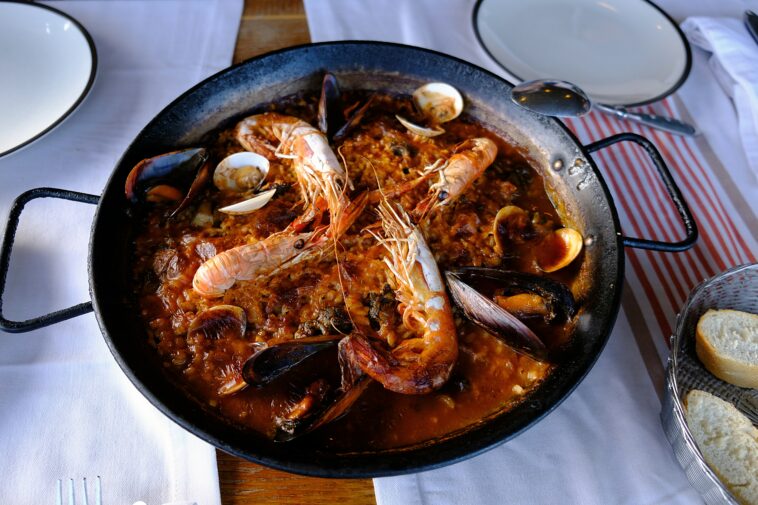Introduction:
French foie gras, a quintessential delicacy revered for its sumptuous flavor and velvety texture, has undergone significant evolution over the centuries. From its ancient origins to modern-day culinary innovations, the production and consumption of foie gras continue to captivate gastronomes worldwide. This article delves into the multifaceted journey of French foie gras, tracing its historical roots, exploring innovative production techniques, and examining its role in contemporary culinary discourse.
Ancient Origins and Culinary Traditions:
The tradition of fattening duck or goose livers traces back to ancient civilizations such as Egypt, Greece, and Rome. However, it was the Gauls, ancestors of modern-day France, who elevated foie gras to gastronomic prominence. Historically, foie gras was prized for its rich taste and symbolic significance, often served during lavish feasts and celebrations.
Medieval Development and Regional Specialization:
During the Middle Ages, monastic communities played a pivotal role in refining the production techniques of foie gras, developing methods to enhance its flavor and texture. Regional variations emerged, with different areas of France becoming renowned for their distinct styles of foie gras production. Gascony, Alsace, and Perigord emerged as epicenters of foie gras craftsmanship, each with its unique traditions and culinary heritage.
Industrialization and Technological Advancements:
The industrial revolution brought significant changes to foie gras production, enabling mass-scale farming and increased accessibility. Advances in breeding techniques, nutrition science, and veterinary care transformed the industry, leading to higher yields and improved product consistency. However, this period also saw increased scrutiny and criticism from animal welfare advocates regarding the practice of force-feeding.
Innovative Approaches and Sustainable Practices:
In response to ethical concerns and shifting consumer preferences, the foie gras industry has embraced innovation and sustainability. Producers have developed alternative methods of foie gras production, such as cage-free farming, where ducks or geese are allowed to express natural behaviors and feed freely. Additionally, advancements in nutrition and veterinary care have optimized animal welfare and minimized stress during the fattening process.
Culinary Evolution and Global Influence:
French foie gras has transcended its cultural origins to become a beloved delicacy enjoyed worldwide. Its versatility in culinary applications, from traditional terrines and pâtés to innovative haute cuisine creations, has earned it a place in the pantheon of global gastronomy. Chefs around the world continue to experiment with foie gras, incorporating it into diverse culinary traditions and pushing the boundaries of flavor and presentation.
Conclusion:
French foie gras stands as a testament to the enduring allure of culinary tradition and the relentless pursuit of innovation. Its journey from ancient delicacy to modern gourmet staple reflects the dynamic interplay between tradition and progress in the culinary world. As the industry grapples with ethical considerations and environmental challenges, the evolution of foie gras production underscores the importance of balance, integrity, and sustainability in shaping the future of gastronomy.

